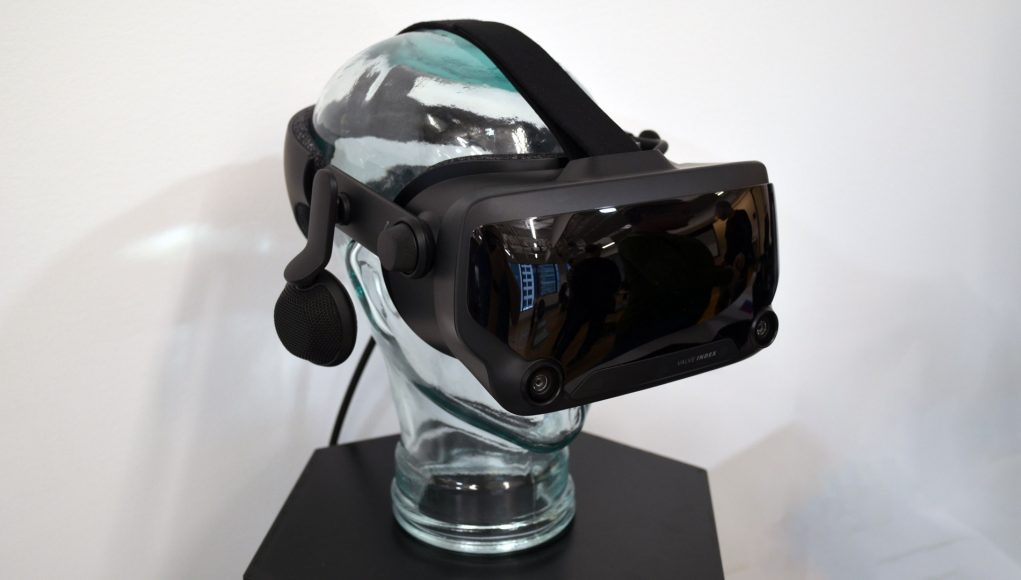Valve has finally given Index a full reveal and has announced that the headset will be available for pre-order starting tomorrow and is due to ship by the end of June. We recently visited Valve’s offices for a hands-on with Index, which the company hopes will set the bar for VR fidelity.
After much rumor and speculation, Valve is finally ready to reveal Index, and the company is making no mystery of its intentions—to raise the bar for VR fidelity. At a press event at the company’s Bellevue, WA headquarters last week, members of Valve’s VR team laid out their thesis; VR needs to advance in three key areas: affordability, ease of use, and fidelity. And their conclusion is that Valve is best suited to work on the latter, while leaving the rest to others in the industry.
Read about Index pre-orders, specs, and pricing
To that end, Index is all about delivering a great experience once you’re all set up and strapped in, and on that front it really seems to deliver. But, it doesn’t really make any strides in the ease-of-use department (more on that later).
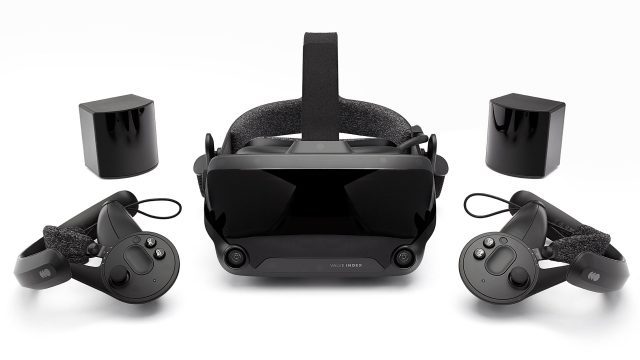
At the event, Valve’s VR team explained that the fidelity of the VR experience is not defined by a single spec, but rather many little details that all need to be done well to achieve a high fidelity experience. As such, Valve aimed to design a headset which gets the details right. Though Valve didn’t manufacture the Vive, they did contribute significant R&D to the headset and regularly referenced it as a point of comparison for Index (so we’ll do the same). So what has Valve done to try to get all the details right to raise the bar on VR fidelity?
First is the displays, which (surprisingly to me) are now LCD (instead of OLED), and have a resolution of 1,440 × 1,600 per display. That’s a decent jump in resolution over the Vive (at 1,080 × 1,200). And while it’s the same on-paper resolution as the Vive Pro, the move from OLED to LCD means many more sub-pixels which further boost apparent resolution. Valve says that there’s 50% more sub-pixels in the LCD display than in an equivalent OLED display.
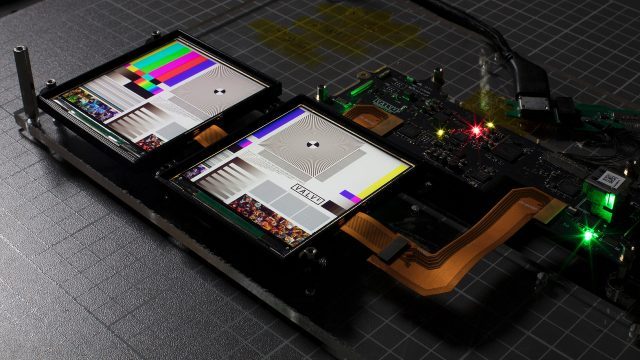
But resolution isn’t the only critical factor, Valve contends. The display is also the first in any headset, the company says, to offer sub-pixel persistence. Persistence is how long a pixel remains lit, and in a VR, lower is better because illuminating pixels for less time reduces blur during head movement. But this is challenging because when you reduce the illumination time, you also reduce brightness, which means that you need a display that can get very bright, very fast. While the original Vive has an illumination time of 1.85ms, which can result in persistence blurring of 2-3 pixels, Index’s pixels illuminate in just 0.33ms which achieves sub-pixel (effectively invisible) persistence blurring, Valve says. On top of that, Index’s displays can run at refresh rates of 90Hz, 120Hz, and 144Hz (though the last is ‘experimental’).
After the display comes the lenses, and Valve is one of the first to move to a dual-element optic which they say has been optimized for a large field of view and a large sweet spot.
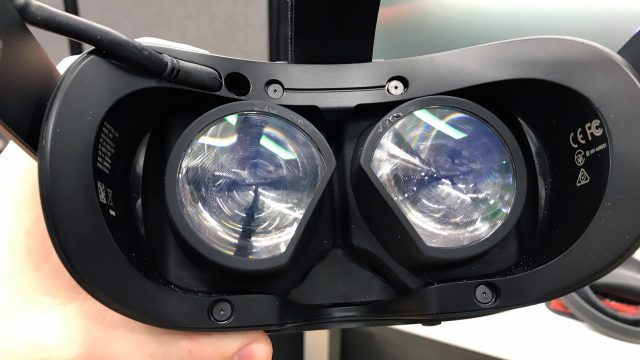
The displays and optics are paired with two adjustments that help users get the most out of them: interpupillary distance (IPD) and eye-relief. IPD allows the user to change the distance between the lenses in order to best align their eye with the optical center. The physical IPD range on Index goes from 58mm to 70mm, which covers the vast majority of users. Eye-relief allows the user to bring the lenses closer to their eyes, which allows optimal alignment with the sweet spot along the Z-axis and maximum field of view. The original Vive and Vive Pro have a similar adjustment, but their lenses can’t get as close to the eye as Index allows.
Valve claims that with the eye-relief adjustment—and displays which are canted by five degrees to each side to further expand the FOV—most users will see a field of view that’s about 20 degrees larger than what they would see from Vive (which has been quoted around 110 degrees, putting Index around 130 degrees field of view, by Valve’s reckoning).
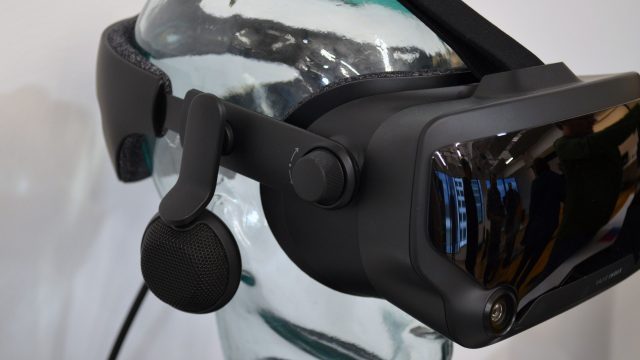
And finally, audio, for which Valve developed a very interesting solution that is likely to be copied by many headsets to come. They call it ‘nearfield off-ear speakers’, which is a fancy way of saying ‘the speakers hang down next to your ears but do not rest on them’. This seems unimportant, but it allows Index to bring the same benefits of the ‘audio pipe’ approach that we’ve seen in other recent headsets (they don’t get in the way of putting on the headset) but with drastically better audio quality.

